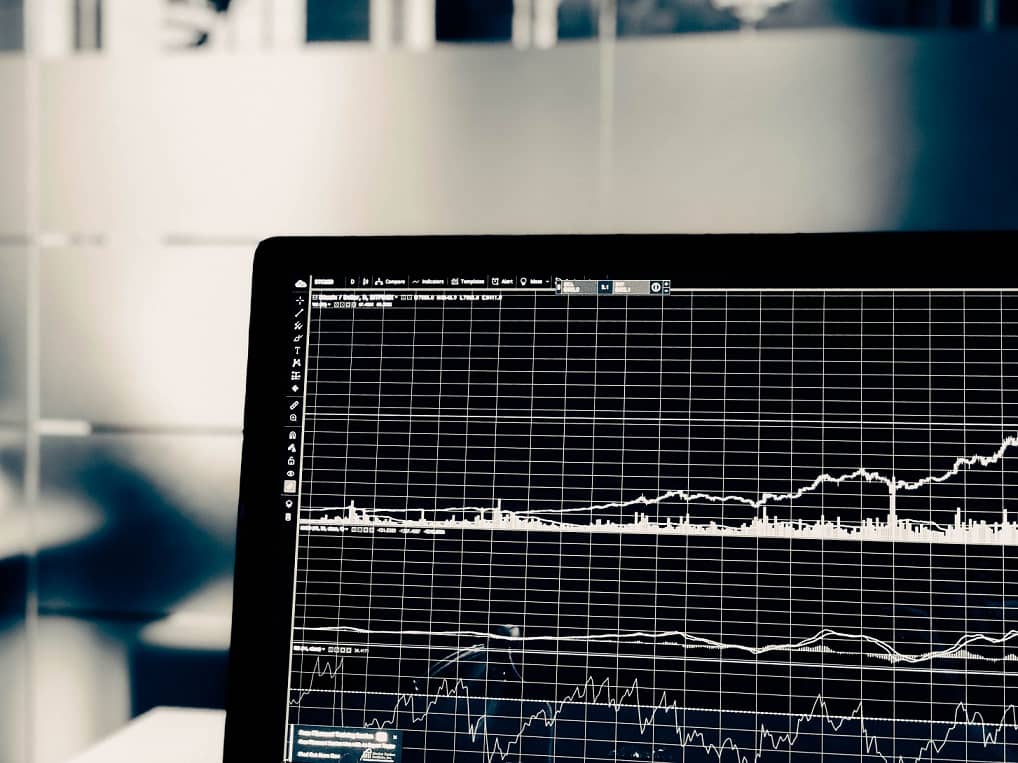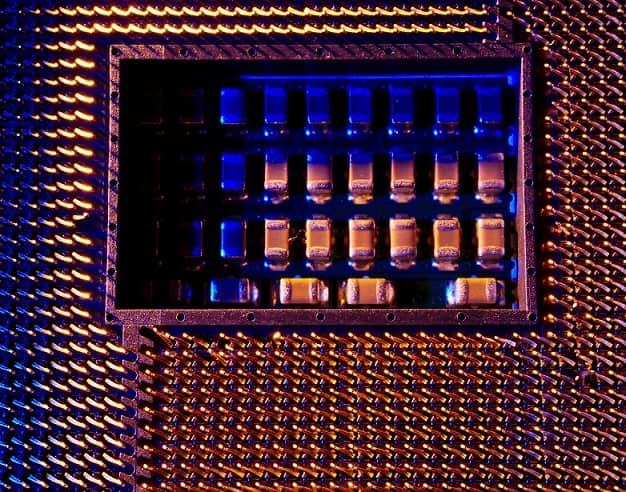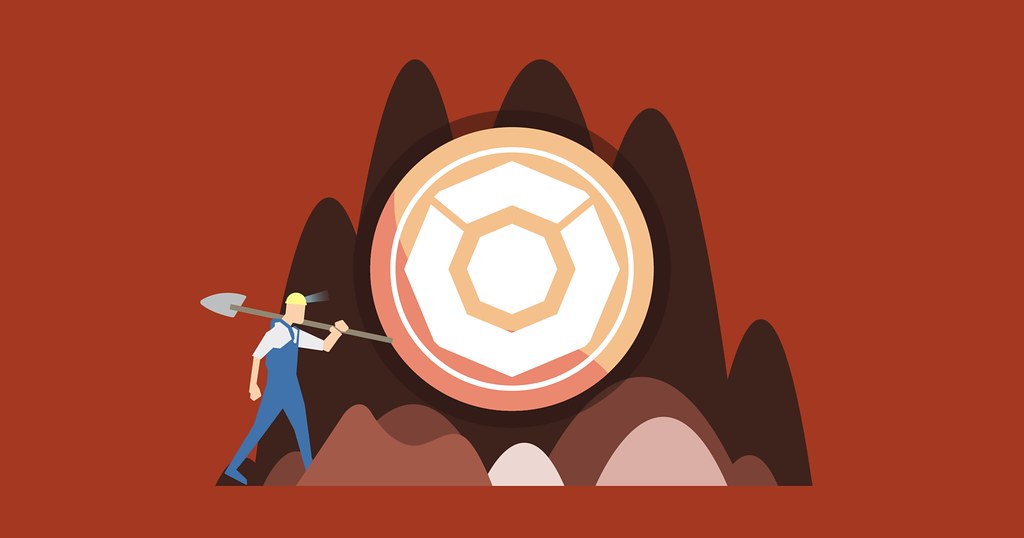Jump to page contents

Komodo (KMD) is an upgraded version of, what are now, traditional cryptocurrencies. Developed by the SuperNET team and forked from ZCash, KMD sets a higher standard for security and smart chains. Surrounding Komodo is an ecosystem in development. Once finished, it will provide advanced tools, including decentralised trading.
This cryptocurrency is growing in popularity for several reasons. In addition to its future functional potential, mining the coin today is proving to be a lucrative activity. Search rankings for how to mine Komodo are on the rise, as are the number of Komodo mining pools.
In this guide, you will learn the basics of how to mine Komodo. By the end of it, you should have a good understanding of what the coin is and how to start mining it immediately.
What is Komodo?
Komodo is a powerful new Blockchain that is full of exciting potential. Stable and secure, it is designed to offer a complete ecosystem allowing teams to develop their own Blockchains and carry out sales of tokens. Created as a result of a ZCash fork, Komodo shares a number of features with its parent, including the Zero-Knowledge Proof Protocol.
According to its white paper, Komodo was created to tackle four key principles, namely:
- Security: Using the Bitcoin network as a secure backup.
- Scalability: Can support up to 100 million payments per second.
- Interoperability: Chains communicating with one another seamlessly.
- Adaptability: A flexible approach that is customisable.
The Komodo Blockchain uses the Komodo (KMD) native coin to function. The following is an overview of the primary principles.
Security
One of the key differences between Komodo and other cryptocurrency networks is its consensus mechanism. In fact, KMD uses Delayed Proof of Work (dPoW), a mechanism that takes advantage of Bitcoin’s hash power to increase network security. Every 10 minutes, a backup of the Komodo Blockchain is stored on the Bitcoin network, a process handled by 64 dedicated servers, or notary nodes. As a result of this backup system, any unlikely breach on the Komodo Blockchain will not have any effect.
Scalability
Issues of scalability have long plagued cryptocurrencies. The team behind Komodo believe that they have created a scalable network that would be able to handle upwards of a million transactions per second. Taking into account that each transaction would be capable of containing up to 100 payments, this is truly astounding. In contrast, the Bitcoin network can handle around seven transactions per second.

Komodo should be able to achieve this figure using Multi-Chain Syncing. In essence, this process consists of syncing multiple Blockchains in a seamless manner to facilitate interoperability.
Interoperability
Every chain in the Komodo Blockchain can communicate with others, allowing projects to join forces and fostering growth and innovation amongst teams. Komodo also features Cross-Chain Smart Contracts, which allow projects to scale easily and support inter-Blockchain transfers without the need for swaps or trades.
Adaptability
Every project on Komodo can run on an independent and customised Blockchain, yet continue to communicate and interact with other projects in the ecosystem. Everything from block halving times to total coin supply and hashing algorithms can be tweaked to fit into the project’s objectives.
Komodo’s technology is open-source, and this has led to the creation of numerous plug and play plugins and modules which project can utilise as needed. This has created a community of developers who support each other and work together. As a result of this community spirit, individuals looking to mine Komodo or form Komodo mining pools is increasing.
Should You Mine Komodo?
There are several reasons to want to mine KMD. This relatively young cryptocurrency has a lot of promise and certainly stands out from a crowded market with almost identical looking Altcoins. Those who mine Komodo are able to use the coin on the Blockchain, developing their projects and carrying out transactions and different processes.
Another important reason to mine Komodo is that owning a certain amount of this cryptocurrency allows you to earn passive income in the form of interest. A growing number of individuals are learning how to mine Komodo in order to receive a 5% annual payment when they hold a minimum of 10KMD in a wallet.
An alternative to mining Komodo is buying it at an online crypto exchange. Binance is amongst a small number of reputable exchanges which currently offers this coin. This allows you to buy Komodo using a debit or credit card as well as trade it using another cryptocurrency.
Minining Komodo
In order to mine Komodo you need to prepare your hardware and software, and also take certain decisions regarding how you will mine. The following sections will guide you through the entire process.
Should You Join a Komodo Mining Pool?
One of the key decisions you will need to make is whether to mine Komodo solo or join a Komodo mining pool. In general, it is always better, in terms of return, to join a pool. Although being part of a pool requires you to pay a fee, you will still end up earning more than if you go at it alone. This is especially true if your mining rig is less powerful.

By joining a Komodo mining pool you will be able to receive frequent and reliable payouts, and fees hover around just 1%. In addition, members of the pool help each other to get set up and to become even more efficient.
Which Komodo Mining Hardware is Best?
There are several hardware options you could consider, and whilst some are better than others, there is also a price difference which you need to consider.
Mining using a CPU is cheaper than a GPU, but the lack of power results in poor and infrequent payouts. In addition, if you decide to join a mining pool you might not find many ready to accept a CPU miner. As a result, if you intend to mine Komodo for more than just a hobby, you should consider investing in a GPU.
When you mine Komodo using a GPU you will find numerous Nvidia programs to choose from. Easy to use and requiring minimal technical knowledge, these programs normally take a small percentage (2%) of any payouts. You will also find similar programs available on AMD, including ones that work on Linux systems.
Komodo Mining Process

Komodo mining is based on the concept of Proof of Work (PoW). This process was first adopted by Bitcoin and is the prevalent method of mining cryptocurrency. When you switch on your mining software, you are lending your computer to the Komodo network in order for new transactions to be grouped in a block, verified, and added to the chain.
The following is a step-by-step mining process:
- A transaction is created by a user. The user utilises KMD in order to send a payment or information to another user.
- Once confirmed from the sender’s side, the transaction is announced by the wallet application and joins a list of transactions that the miners must verify.
- A miner adds the transaction to a current or new block. In order for this to be done, certain criteria need to be met, such as having sufficient space on the block. At this stage, it is possible that multiple miners have picked up the transaction and are in the process of verifying it.
- The miner checks if the sender’s wallet has sufficient funds by checking the Blockchain and, with no other issues, the transaction is stored on the block.
- Before a block can be added to the chain it needs a signature, known as Proof of Work. This signature proves that the miner carried out the verification process and requires it to solve a specific equation based on that particular block.
- The first miner or mining pool to solve the equation will get to introduce the block and its signature to other miners on the network.
- Other miners verify the validity of the block and signature by matching two sets of hashes. This check can be carried multiple times, leading to several confirmations that a transaction is genuine.
Miners are continually competing to be the first to solve complex mathematical equations in order to ascertain that the transactions are genuine. In addition, they keep the network secure by reducing the risk that invalid entries are added to the chain. In the case of Komodo, this process is enhanced through dPoW, where a backup of the chain is stored on the Bitcoin network every 10 minutes.
This means that for an invalid transaction to be stored on the Komodo chain retroactively it must first be somehow added to the backup, which is practically impossible.
Tips on How to Mine Komodo
Before you start mining Komodo it is important to remember to update your GPU with the latest drivers in order to improve efficiency and reduce downtime. You should also be aware that most virus scanners consider mining software to be a potential threat, so you will need to exclude mining programs from virus checks.
A common Komodo mining troubleshooting issue is stale or rejected shares. If you have a significant amount of stale shares you should switch the server, picking one which is geographically closer to you. On the other hand, if you have many rejected shares, you should lower the intensity of the miner.
How Much can you Earn from Mining Komodo?
This is, understandably, a very common question amongst anyone learning how to mine Komodo. If the potential return on investment is not worth the initial and running costs, then why would anyone want to mine Komodo?
The best way to estimate what you could potentially earn from mining Komodo is to use a mining calculator. There are numerous free ones on the Internet, including Whattomine.com. By simply entering some data fields based on your mining hardware and software, you will be able to see an approximate reward statement split by the hour, day, week, and month. The fields which the calculator asks you to input are Hash Rate, Power Usage, Power Cost, Fees, and Hardware Cost.
Each one of these fields will affect the overall revenue and profit generated from mining Komodo. Average miners earn around $8 – $10 per day using a single GPU miner. For many, this makes finding out how to mine Komodo worthwhile.
Hash Rate
You can get the hash rate by adding up the speeds of the computers you are using to mine Komodo. Depending on the software, you should be able to get this value directly from the program or you might need to check every individual computer.
Power Usage
The power consumption of your Komodo mining rigs needs to be inputted in Watts. Just like with the hash rate, you will find that some software will provide the consumption directly. Alternatively, you can download software that will check this or connect an electricity meter to your device.
Power Cost
This is a fairly easy number to figure out. Check your last electricity bill for the cost per kWh or visit the website of your utility provider to check the cost.
Fees
Here you will enter any Komodo mining pool fees as well as any other software fees. The value you enter here is a percentage based on each payout.
Hardware Cost
Enter the cost of purchasing all the hardware that you are using to mine Komodo. This will allow the calculator to provide you with a profit figure which includes hardware depreciation.
Is Mining Komodo Legal?
Komodo (KMD) is a cryptocurrency that can be legally mined and used in most countries around the world. Due to the intensive use of electricity for cryptocurrency mining, certain countries, including Iran, Denmark, and Bangladesh have restricted or made it illegal.
If you decide to start mining Komodo and eventually sell your coins for fiat currency or to make a profit you will be subject to paying tax in your country of residence. Many countries treat cryptocurrencies as an asset, so any profit as a result of mining is taxed just like any other capital gain. You can read more about cryptocurrency and taxes to find out more. Additional cryptocurrency coins to look out for are:
Latest Guides
Benutzerfreundliche Krypto Wallets für Neueinsteiger
Komodo (KMD) is an upgraded version of, what are now, traditional cryptocurrencies. Developed by the SuperNET team and forked from ZCash, KMD sets a higher standard for security and smart chains. Surrounding Komodo is an ecosystem in development. Once finished, it will provide advanced tools, including decentralised trading. This cryptocurrency is growing in popularity for […]
9 February, 2022Eine Alternative zu Shapeshift
Komodo (KMD) is an upgraded version of, what are now, traditional cryptocurrencies. Developed by the SuperNET team and forked from ZCash, KMD sets a higher standard for security and smart chains. Surrounding Komodo is an ecosystem in development. Once finished, it will provide advanced tools, including decentralised trading. This cryptocurrency is growing in popularity for […]
9 February, 2022Wie man Kryptowährungen mit Cents im Jahr 2022 kauft
Komodo (KMD) is an upgraded version of, what are now, traditional cryptocurrencies. Developed by the SuperNET team and forked from ZCash, KMD sets a higher standard for security and smart chains. Surrounding Komodo is an ecosystem in development. Once finished, it will provide advanced tools, including decentralised trading. This cryptocurrency is growing in popularity for […]
9 February, 2022Was ist Goldgedeckte Kryptowährung?
Komodo (KMD) is an upgraded version of, what are now, traditional cryptocurrencies. Developed by the SuperNET team and forked from ZCash, KMD sets a higher standard for security and smart chains. Surrounding Komodo is an ecosystem in development. Once finished, it will provide advanced tools, including decentralised trading. This cryptocurrency is growing in popularity for […]
9 February, 2022Mit Bitcoin handeln: Wie man mit dem An- und Verkauf von Kryptowährung Geld verdient
Komodo (KMD) is an upgraded version of, what are now, traditional cryptocurrencies. Developed by the SuperNET team and forked from ZCash, KMD sets a higher standard for security and smart chains. Surrounding Komodo is an ecosystem in development. Once finished, it will provide advanced tools, including decentralised trading. This cryptocurrency is growing in popularity for […]
9 February, 2022Die Top 3 Krypto Wallets, die Sie nutzen sollten
Komodo (KMD) is an upgraded version of, what are now, traditional cryptocurrencies. Developed by the SuperNET team and forked from ZCash, KMD sets a higher standard for security and smart chains. Surrounding Komodo is an ecosystem in development. Once finished, it will provide advanced tools, including decentralised trading. This cryptocurrency is growing in popularity for […]
15 November, 2021Wie viele Kryptowährungsbörsen gibt es?
Komodo (KMD) is an upgraded version of, what are now, traditional cryptocurrencies. Developed by the SuperNET team and forked from ZCash, KMD sets a higher standard for security and smart chains. Surrounding Komodo is an ecosystem in development. Once finished, it will provide advanced tools, including decentralised trading. This cryptocurrency is growing in popularity for […]
12 November, 2021Alternativen zur insolventen Kryptobörse Cryptopia
Komodo (KMD) is an upgraded version of, what are now, traditional cryptocurrencies. Developed by the SuperNET team and forked from ZCash, KMD sets a higher standard for security and smart chains. Surrounding Komodo is an ecosystem in development. Once finished, it will provide advanced tools, including decentralised trading. This cryptocurrency is growing in popularity for […]
20 October, 2021








